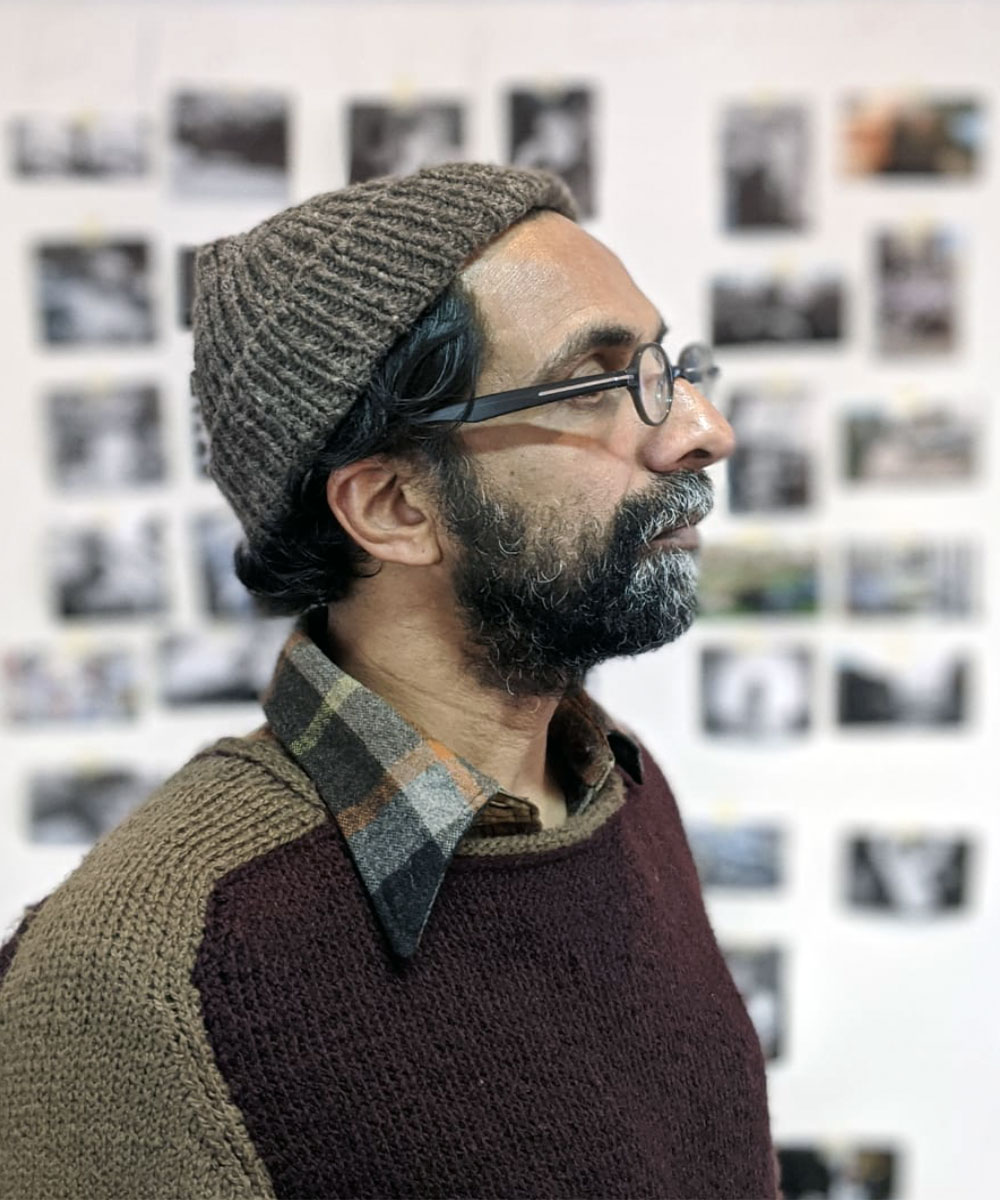
1. How did The Analogue Approach Project come about?
I have been working in the darkroom since 1997 when I lived in New York. I moved back to Delhi in 2013 and I missed having a place to go and make black and white prints.
Over the last few years, a friend has been building a darkroom in his studio that I was really keen to use, and did on a few occasions. Meanwhile, my friend Rahaab and I had had many conversations in the last few years around darkroom practices and we felt that it would be a good time to invite practitioners to the darkroom to print and to learn to print, especially those who had existing negatives. We received funding from PhotoSouthAsia (a project of the MurthyNAYAK Foundation) to move this project forward.
Once this project ended, I felt that there was still a lot missing. Practitioners who were involved in analogue have no access to a darkroom nor the funds to pay for workshops. With this in mind, I submitted a proposal to PhotoSouthAsia, and thanks to this support we were able to run workshops for the next six months.
2. In your opinion, why has this surge in analogue photography has come about? Do you believe there is a place for analogue to remain relevant in photography moving forward?
When I started doing photography, film was all that was available and all that I was familiar with. As digital cameras started coming into the market, I succumbed and really enjoyed them, but something was missing.
Perhaps some will agree with me. I felt that I wanted to have some suspense, anticipation at what might emerge from the negatives. I liked the distance it allowed us from the moment of taking the picture to when the film was processed.
I think there are many factors for the surge in analogue photography. Many universities that teach photography have a course in analogue and some, like NID and SACAC, also teach students how to use the darkroom. A lot of professional photographers who have never shot film have turned to it to try something new and, in the process, build a better connection to their work. Wedding, fashion, and corporate photographers are also attempting to bring the use of film into their assignments.
This interest will only increase, but there is a worry as costs for film supplies have gone up exponentially in India. However, some practitioners are looking for ways to get around it and that’s promising.
3. We see a very interesting mix of participants in these workshops — they are from the northeast, the south, Kashmir etc. How were you able to reach potential participants across India? What was your selection criteria?
I had used social media channels to reach out to people and I was surprised at how much interest there was in learning to print.
With the Open Call, I was really keen to have this spread across various communities, locations, and to reach people who otherwise wouldn’t have access to the darkroom. I knew many would not be able to afford it and the PhotoSouthAsia grant allowed me to invite people without a fee and also to support their travel to Delhi.
Looking through the submissions, I could see that many who applied were from smaller cities and I was keen to have a bulk of the participants from these regions. I didn’t want to exclude the metro cities, so some of the selected were also from there.
4. What, in your opinion, did the analogue process bring to the content? What may have changed in terms of the images that were made — both aesthetically and content-wise?
The duration of the workshop is ten days, and the participants only start printing from day four onwards. This still allows them enough time to print and become familiar with the process, but also builds in enough time to analyze their negatives and make informed decisions on how to print.
There isn’t time to work on a documentary project and everyone who comes to these workshops takes pictures in the area around the studio. Most of the participants had never shot on film and I could tell that there was a lot of trepidation when taking pictures. The images that have come out of the workshop have been extremely quiet images: portraits, landscape, and still life.
Copyright © 2024, PhotoSouthAsia. All Rights Reserved.
Srinivas Kuruganti was born in Washington, D.C., but grew up in India. He returned to the United States to pursue a degree in Engineering. He currently lives in New Delhi.
Kuruganti’s work mainly focuses on environmental issues, ranging from the ship-breaking yards of Bombay to the coal mining villages of Dhanbad. In 2001, he started working on a long-term photo essay on the AIDS epidemic in India.
Kuruganti has been archiving his photographs of 30 years of travels in India, America, and Europe. He is developing three photo books that draw from his archives. One is on mining in central India. The second looks at the sixteen years he spent in New York City. The third chronicles his journeys through California.
15.Mar.2024
 Photograph © Srinivas Kuruganti
Photograph © Srinivas Kuruganti
Also on PhotoSouthAsia, under our "Funded" section: The Analogue Approach Project
20 November